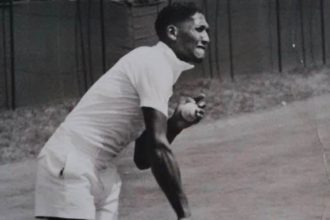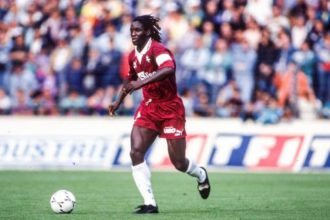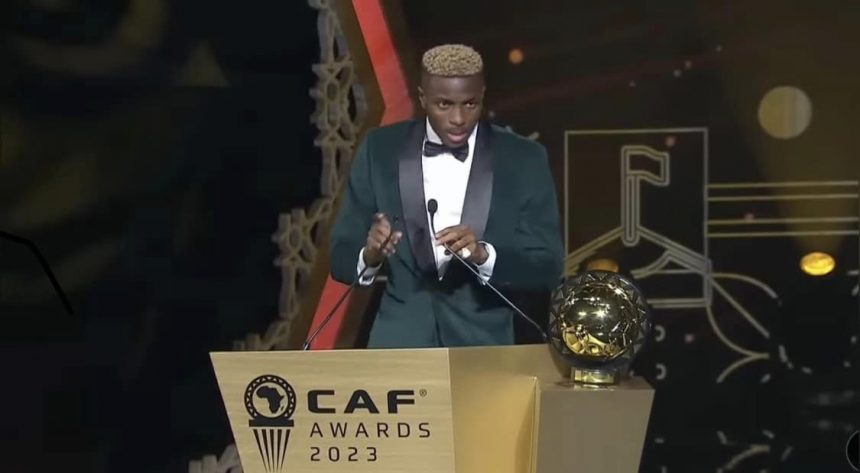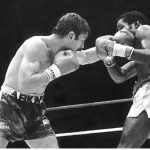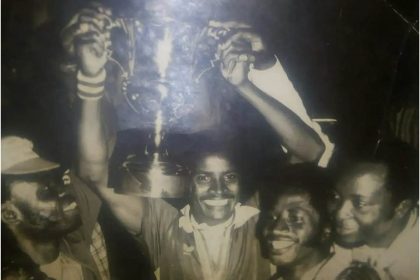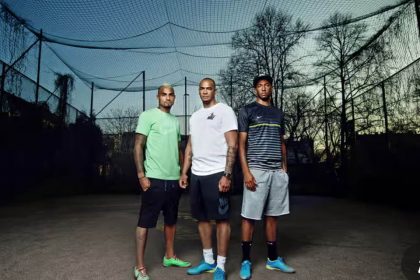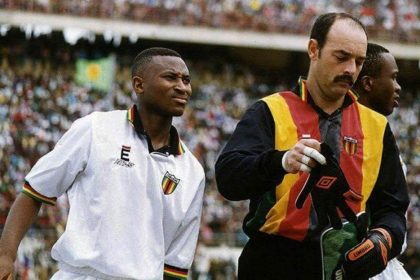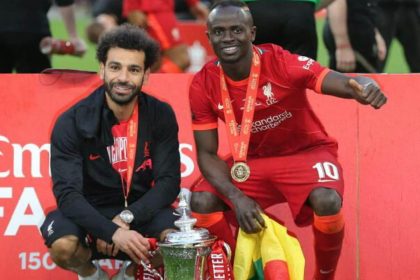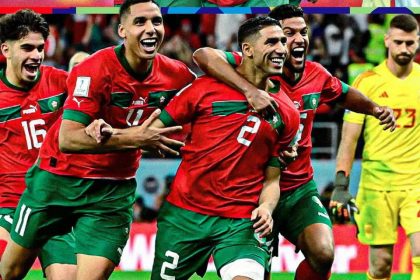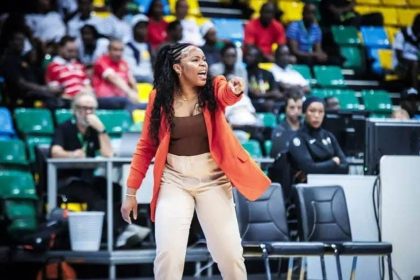“When the going gets tough, the tough will get going,” so says the wise man. Life indeed is not a bed of roses. The story of Victor Osimhen from the slums of Lagos is a good example of resilience, a determination to succeed in the midst of hopelessness and grinding poverty. Have you ever observed thoughtfully the hostile economy of the country where you live, the contrary and daunting situations around you and think you have been down on your luck or that the contrary situation would swallow you up?
It can be tempting to just give up and resign yourself to the negativity and the fate of your peers who life’s hostile situations are consuming all around you.
If you want to make the most of your life, this one life, and succeed, you need to learn to push past whatever barriers are placed in your way. Don’t take the easy way out. The story of the young Osimhen in the streets of Lagos could be the motivation to keep you believing.
Victor Osimhen was born on 29 December 1998 in Lagos, to parents from Edo State. He grew up in the Olusosun area in Oregun/Ojota of Lagos State. Olusosun community, to many residents of Lagos, is synonymous with an infamous landfill site that sprawled beside it, an eyesore where wastes are dumped. It produces nothing other than the acrid stench of the rubbish on the site and glowing flames of incinerations. At least, that was the popular story of the community until it threw up the youth prodigy called Victor Osimhen.
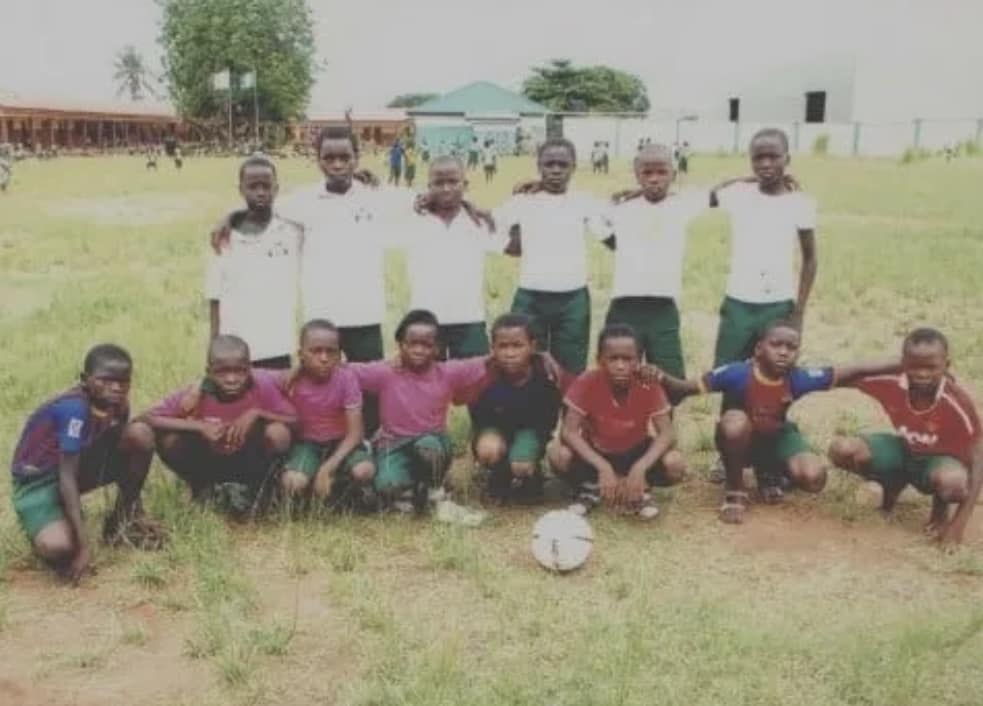
In this dirty waste site, a dream was nurtured amid humble surroundings, an aspiring young boy dared to defy the odds. Unknown to the world, this resilient talent embarked on a journey from playing barefoot on makeshift fields to the grand arenas of international football. His story echoes the triumph of the human spirit, illustrating the profound transformation from ‘grassless’ pitches to the glamorous heights of stardom. As destiny weaved its intricate patterns, this young boy has emerged as a beacon of hope, proving that sometimes, from the most unassuming beginnings, stars are born.
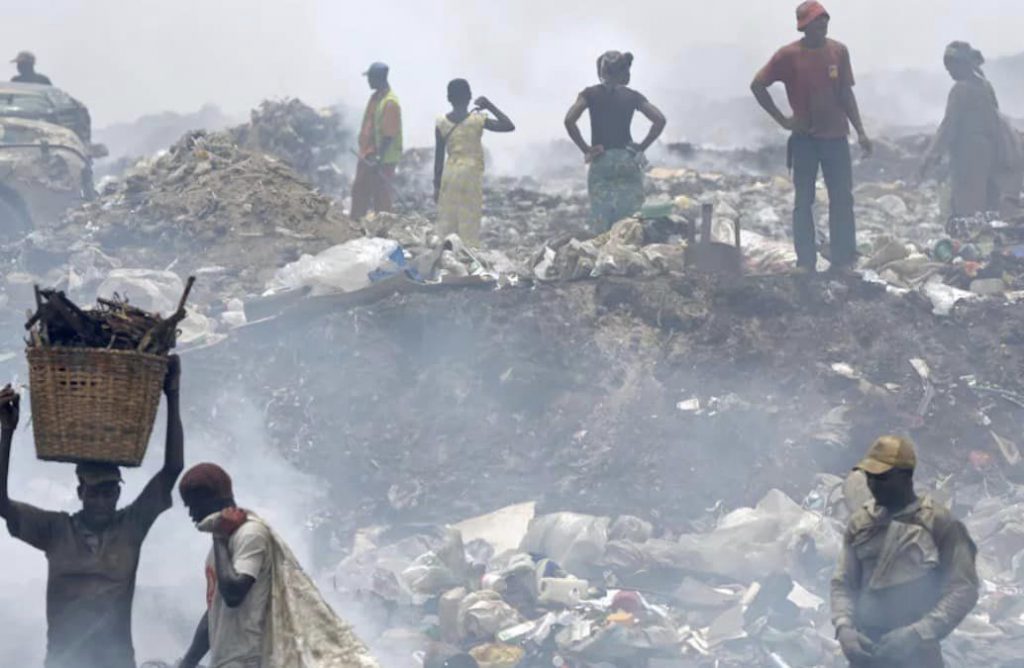
From the dump site of Olusosun, Victor Osimhen has emerged to be the Italian Footballers’ Association (IFA) Footballer of the Year, and subsequently, the CAF African Footballer of the Year 2023. He also attained the highest height by any Nigerian footballer in all history by being ranked number eight in the Ballon d’Or 2023 awards.
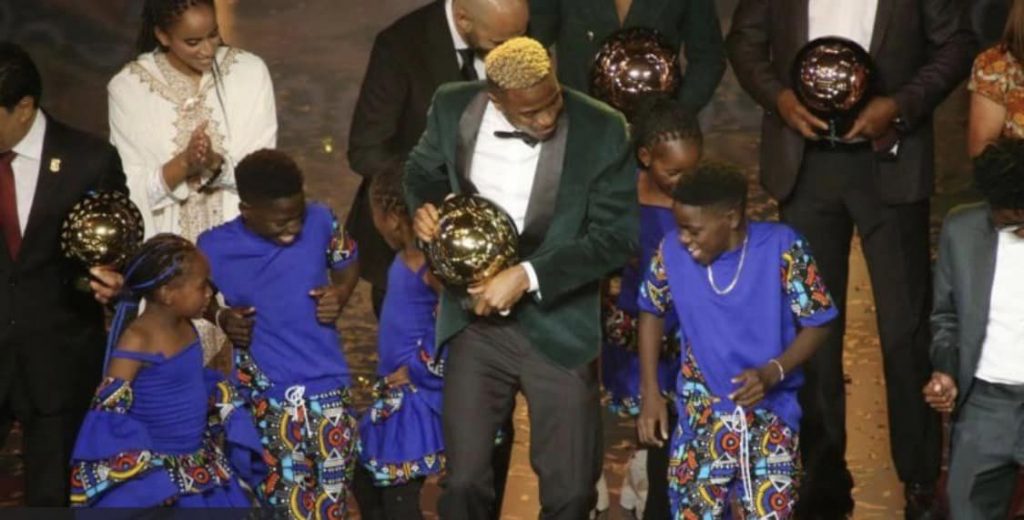

As Lagos got bigger, it also became a wealthier city. More people were throwing away more waste, and some of the wastes were of good quality. The people who work on the dumpsite, popularly known as “Scavengers” find trash which they can sell to recyclers, and some of the more valuable wastes which were thrown aside by the wealthy were recycled by the poor.
The Olusosun landfill covers a massive landscape of about 100 acres. Initially situated at the outskirts of the city, it is now at the city’s centre due to urban encroachment.
Olusosun is undoubtedly the Nigeria’s biggest landfill; it receives over one million tonnes of waste annually. Most of these are electronic wastes (such as lamps, televisions and laptops), municipal solid wastes and construction wastes and fairly used sporting equipment like football boots, etc. Access to the dumpsite is not restricted. The “Scavengers” can go in and out to look for recyclable materials that can be resold or converted to personal use.
Waste picking in this huge dumpsite represents a vital survival strategy for the poor in around the slums of Ojota, Olusosun and the suburbs of Ikeja in Lagos.
The children and adults who worked at the dumpsite daily do so for social and economic reasons and their labour was physically taxing.
They slipped and sometimes fell. Many suffered from chronic headaches. For this, they earned between N500 (US$1.20) and N1,600 (US$3.85) only a day.
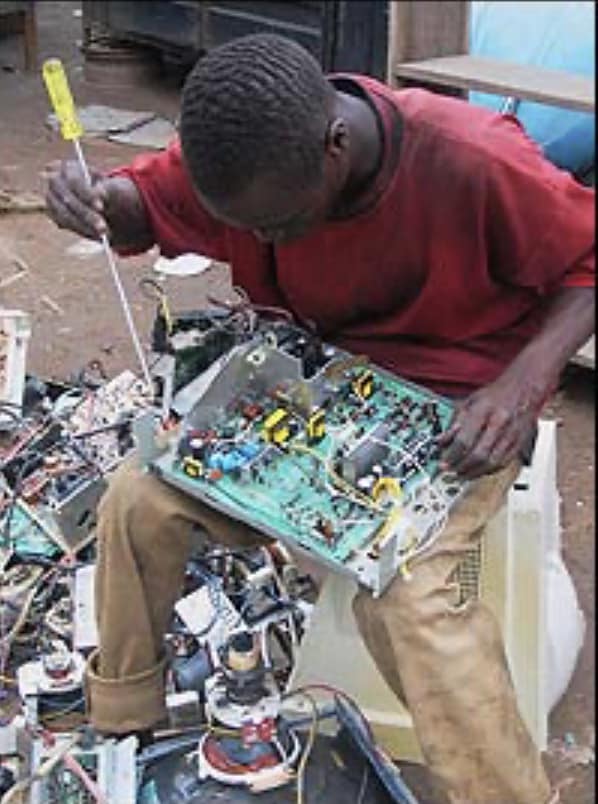
A dumpsite is no place for a faint-hearted. Study shows Nigeria’s young waste pickers are at risk, yet this was where the 9-year old Osimhen who was totally engrossed in street football that early right from his primary school days at the Olusosun Primary School used to search for recycled boots to play his football because biting poverty could not allow him to afford a single pair. It was the recycled materials from this site that also served as his extra income apart from hawking bags of pure water in the Lagos traffics to support his family after his mum died when he was just six and his father later lost his job. He was the last of six children who all took to the streets to seek legitimate means of survival, including his brother, Andrew, who was the most-known in his family then for his footballing exploits. Victor took footballing inspiration from Andrew who later gave up playing the game to concentrate on selling newspapers in the streets to support the career of his younger brother. Victor was quickly spotted to be a precocious talent at this very early age. It was Andrew and Victor’s father that registered him at the Ultimate Academy Football Club, a football nursery based in Lagos after the management of the nursery spotted him earlier playing in the dusty streets.
Victor Osimhen’s story has some gripping narratives that tagging it as ‘grass to grace’ would be a huge understatement.
Victor Abel, his former academy mate, was once quoted that Osimhen’s shabby appearance while growing up made some people dismiss his talent and chance of success in life.
“One thing about destiny: you cannot say never. No human being knows tomorrow,”
When Victor was growing up, he faced a lot of challenges. He could easily be written off based on his appearance — and say he would not amount to anything. But God works in miraculous ways,” Abel said.
Over 4,000 young talents from all over Nigeria were invited to show their talents on the pitch of the FIFA Goal Project in Abuja in the early 2014, an annual event where raw talents are hunted to feed the country’s youth football system. The 1994 CAF African footballer of the year, Emmanuel Amunike, who was at this moment saddled with the task to coach the Nigeria U-17 team, the Golden Eaglets in preparation for the qualifying series of the 2015 FIFA U-17 World Cup in Chile, gave each group of players 30 minutes to make an impression.
Osimhen who had earlier travelled from Lagos to Abuja for the trial was driven to the team’s camp by the coach of his academy team, the elder brother of a former Super Eagles player, Yusuf Ayila, whose name is Shira, a man who trusted his unique abilities that early. He got to the camp just two days before the last screening of players.
However, when Osimhen’s group filed out, the coach was tired and waved them off the pitch after just 15 minutes. Between that minute and the next, a football career that would be the envy of many all over the world today seemed to have been snuffed out, but a golden fish cannot be hidden. An assistant coach to Amunike who had noticed the doggedness and street-sharpened litheness of Osimhen during the drab match quickly informed the coach of the boy’s hunger.
He told him, “Please look at that boy in green shirt”—pointing in the direction of the lanky teenager. Osimhen had already lost hope of success in the trial and was busy cleaning his boots to find his way back to the slums of Lagos. He was immediately called back for another round of trials, and he proved good enough to make the Golden Eaglets’ team that won the U-17 World Cup in 2015.
That was certainly a call of destiny.
After the Nigeria U-17 team warded off the challenge of their stubborn West African neighbours, Mali, in the final of the FIFA 2015 tournament in Chile, Olusosun was agog in feverish ecstasy and the community knew the boy it took under its wings a few years ago had matured and would set out to conquer the world. Osimhen finished the tournament with 10 goals as the highest goal scorer as well as the best player of the tournament, an occasion where his prodigious talent was announced to the whole world. This impressive talismanic performance at the FIFA U17 World Cup also earned him the title of 2015 CAF Youth Player of the Year.
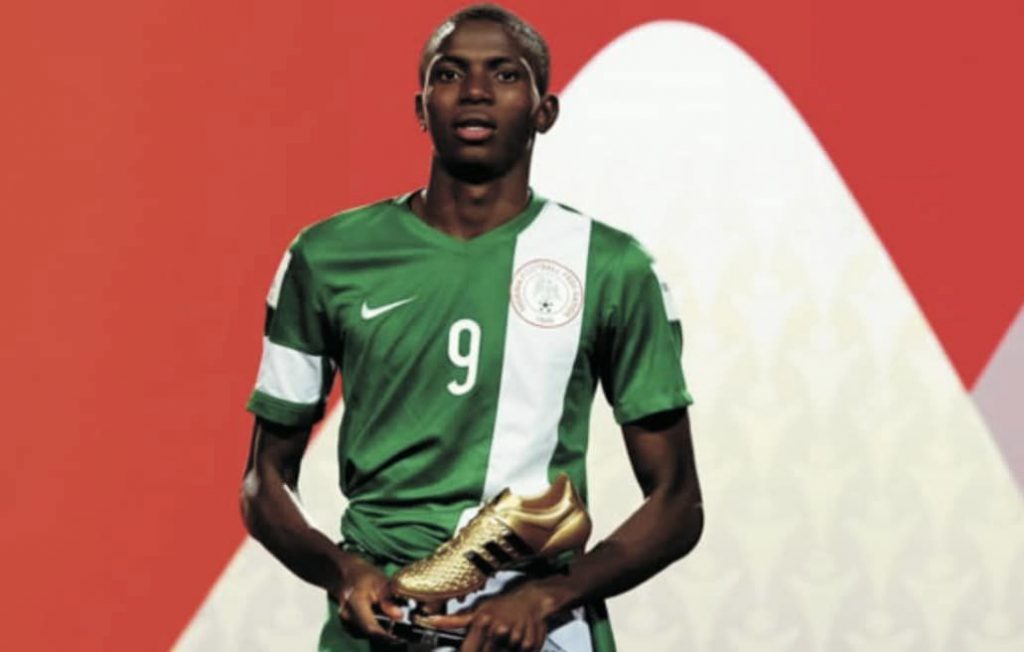

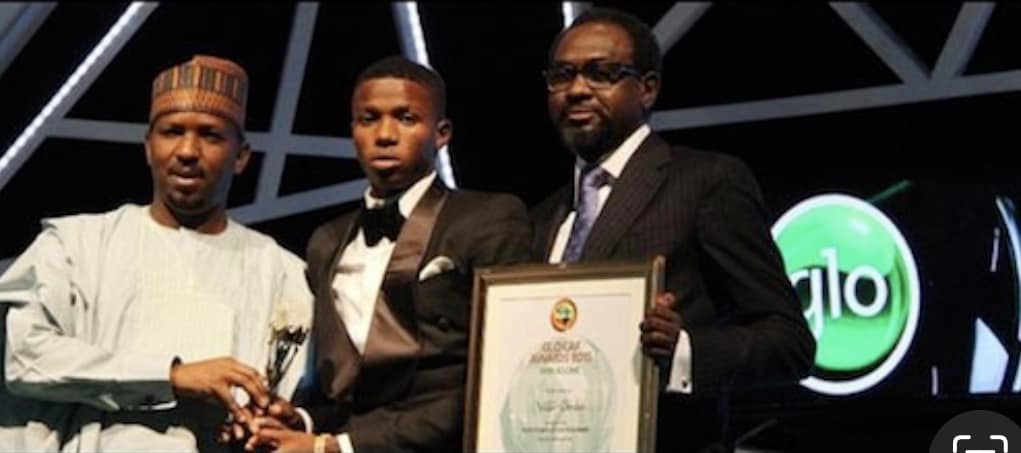
Osimhen immediately became the darling of many top teams in Europe after this impressive performance for the Eaglets. He moved to Wolfsburg in 2016, where he had a difficult start to life. After two difficult years, he then moved to Charleroi on loan in 2018.

After an impressive loan spell at the Belgian club, which saw the Nigerian bang in 12 goals in 25 league appearances, they decided to make his loan permanent in a deal worth about €3.5m in July 2019. However, the Belgian club sold him immediately to Lille OSC for €20m in 2019. Osimhen was an instant hit at Lille.
Before the 2019/2020 French Ligue 1 season was called off due to the global pandemic, Osimhen had scored an impressive 18 goals in 38 matches. His performance earned him the Marc-Vivien Foe Award for the Best African Player in Ligue 1, an award presented by Radio France International (RFI).
Following his goal scoring exploits in France with Lille, Osimhen attracted the interest of Italian giants Napoli. He joined Napoli for a reported fee of €70 million, potentially rising up to €80 million, making him the most expensive African player in history at the time. It is still one of the most expensive transfers for an African player to date.
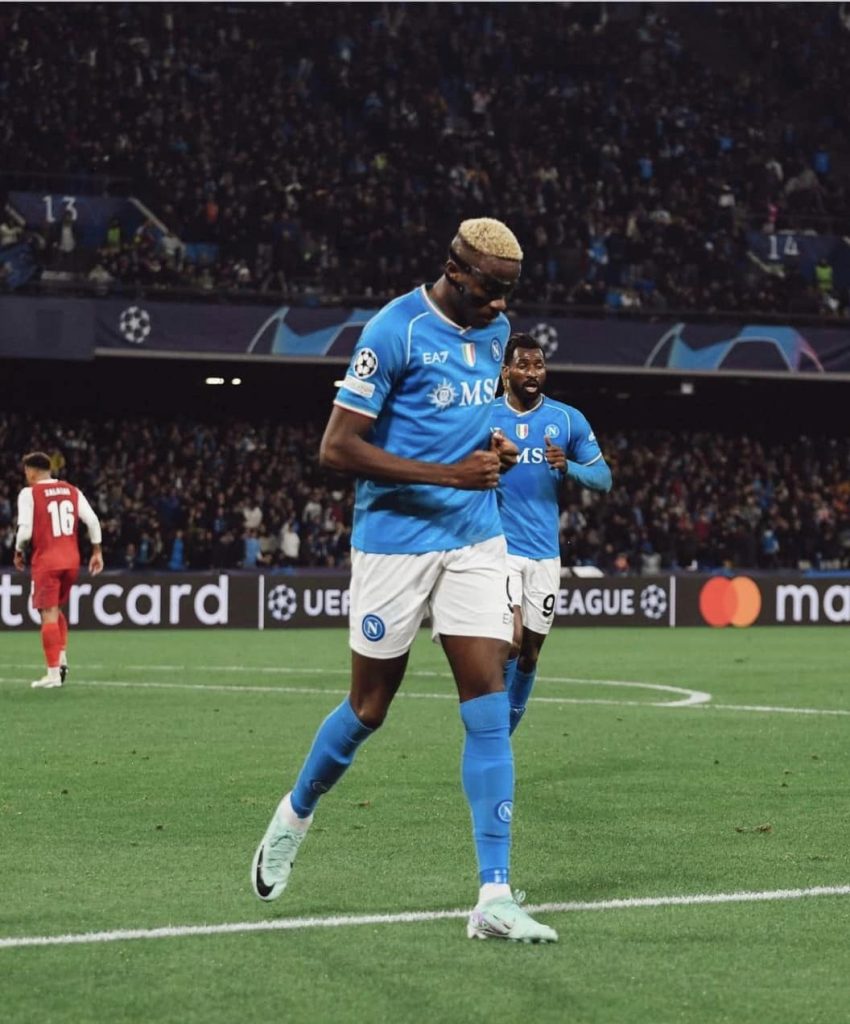
When Osimhen arrived in Italy from LOSC Lille, then-Nigeria Football Federation President, Amaju Pinnick, ambitiously vowed that the striker would surpass Maradona’s impact at Napoli, although few truly imagined that the Partenopei would be Italian champions within three years.
Osimhen-led Napoli moved many ancient barriers of the Southern Italy. For the first time in the history of Napoli, the club crossed the Rubicon of Round of 16 in European Cup/Champions’ League last season and finished in the last eight. He also inspired the Partenopei to the summit of Italian football once again after 33 years of waiting for the Scuddetto. African records in Serie A were also completely shredded by this pacy Nigerian international on a personal level. Before now, the Liberian George Weah’s 46 goals in 114 appearances for AC Milan have been the highest Africa’s record in the history of the Italian league but, Osimhen as at today has scored 56 goals in 91 appearances (still counting) since he arrived Napoli FC on July 31, 2020 to shatter that. He has also thrown the 12-year old Cameroonian Samuel Eto’o’s 21 goals in Inter Milan (2010-11) as the African highest goal scorer in a single season into the dustbin of history to become the highest African goal scorer in Italy with 26 league goals in the last season of 2022-23. In the 125 year history of Serie-A, Osimhen became the first African to not only top the scorers’ chart but to be officially recognized as the best player in a season. At the international level, he scored 10 goals to emerge as the highest scorer in the AFCON 2024 qualifying series, his goal last night against the Portuguese side Braga FC has also propelled Napoli to the round of 16 of the ongoing 2023-24 European champions league, he scored this goal barely 24 hours after landing from Marakesh in Morocco where he received his CAF award with no signs of jet-lag.
Also read: Diego Maradona and Victor Osimhen: A Myth and a Champion

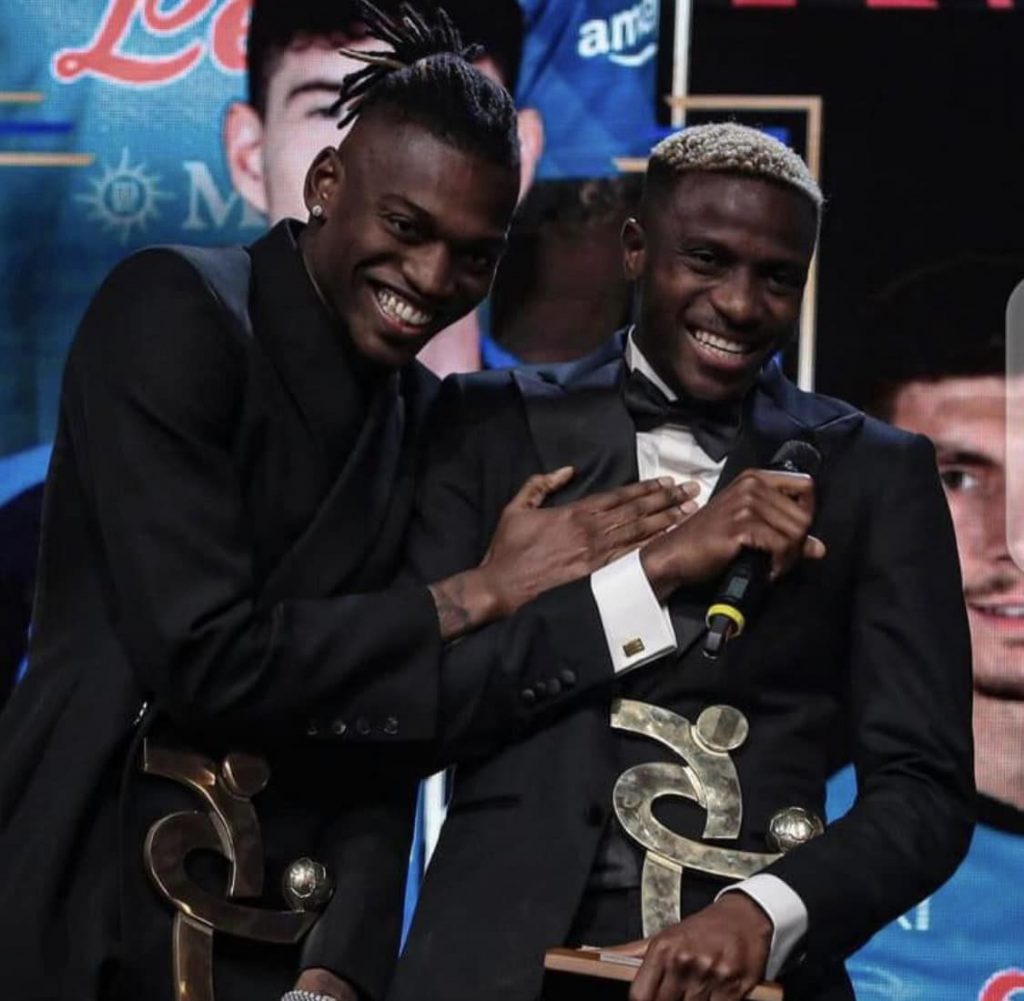
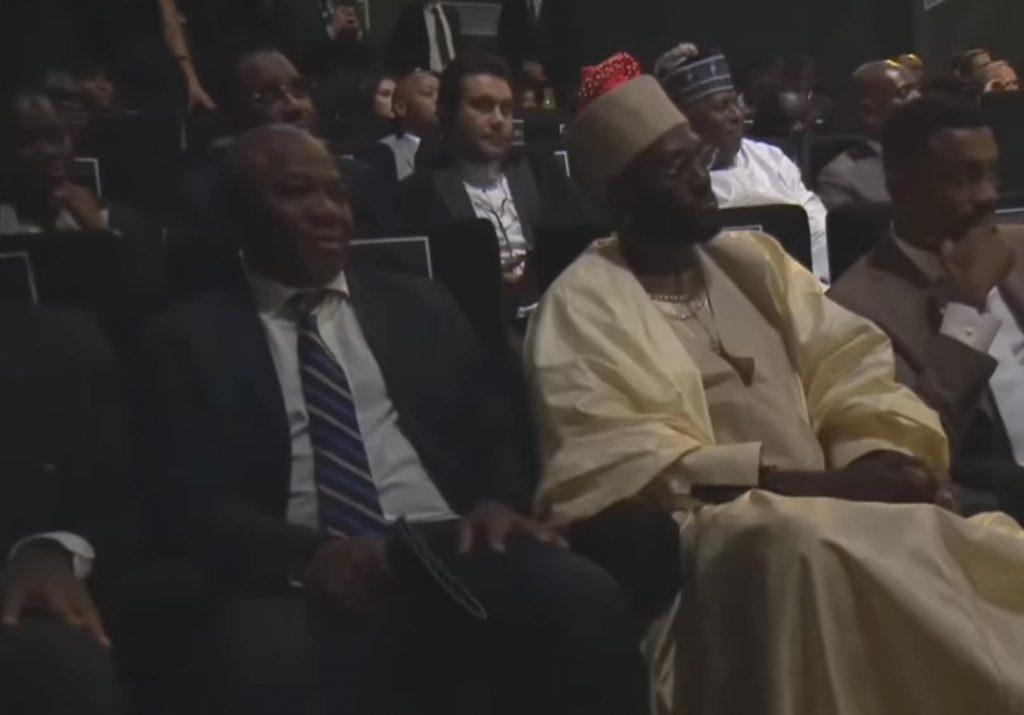

Growing up, Osimhen always looked up to Chelsea legend, Didier Drogba, and has been vocal about his admiration of the striker.
“Drogba is the type of player who doesn’t give up and possesses fighting spirit. He is also very passionate; always serious on the field and whatever the circumstance, he would try and score for his team.” he said speaking to ESPN.
Drogba recently congratulated him for his strong performances in Serie A and Champions League.
In the glow of venue lights and the cheers of adoring fans during the award night, his journey from humble beginnings to the summit of African football stands as an inspiration. With unwavering determination and raw talent, young Osimhen defied the odds, proving that dreams, no matter how humble their origins, can flourish into extraordinary achievements. As he holds the prestigious award in his hands, the triumph in his eyes reflects not just a personal victory, but a testament to the power of passion, perseverance, and the boundless potential within every humble heart.
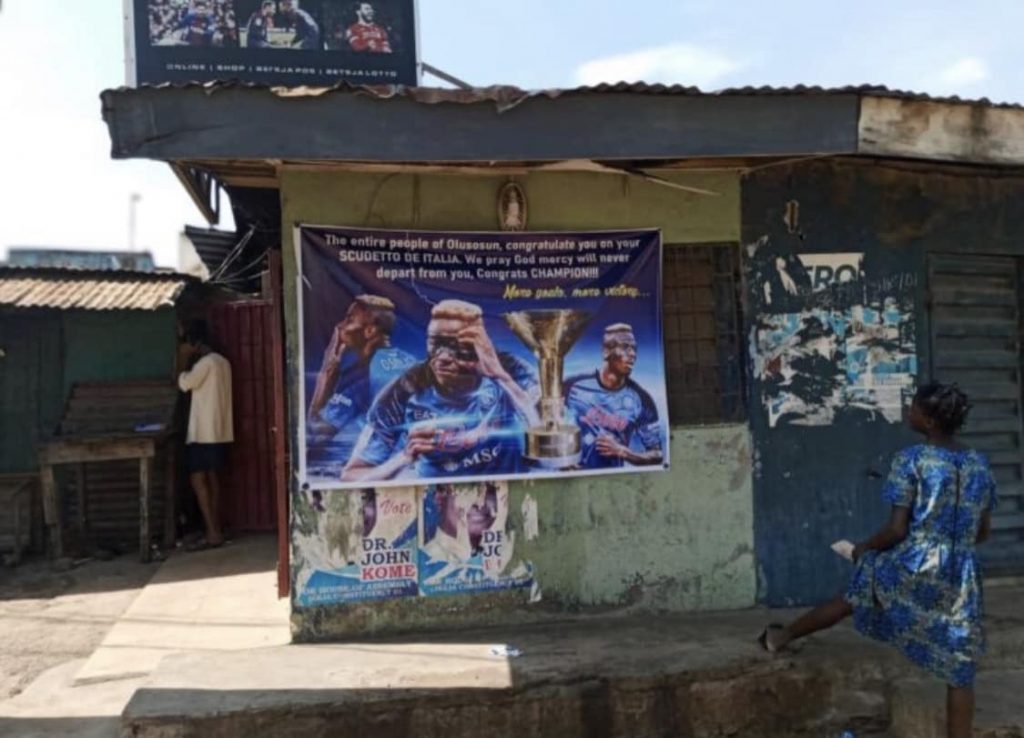
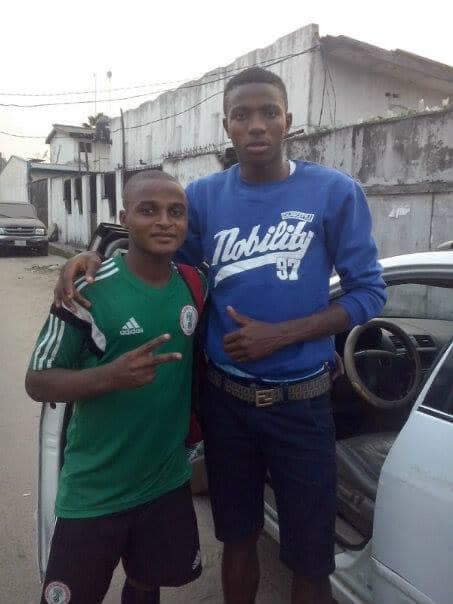
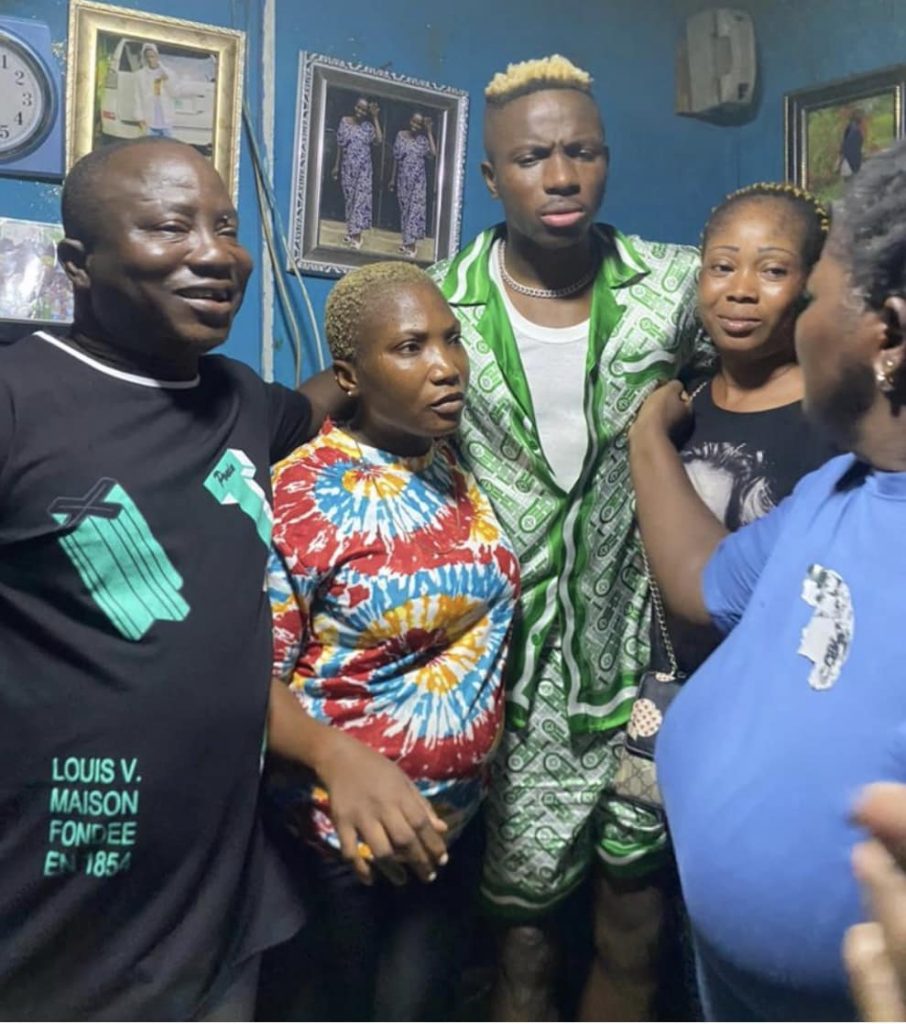
References:
- “2015 Nigeria Under-17 squad, where are some of them now?” by Kelvin Omachonu, November 2021
- “Olusosun: Inside Lagos slum where Victor Osimhen was raised”, by Idris Shehu, May 2023
- “Geography Cat investigates the informal sector with a visit to Olusosun”, BBC News, May 2018
- “A dumpsite is no place for a child: study shows Nigeria’s young waste pickers are at risk”, by Amos Oluwole Taiwo, Olabisi Onabanjo University Published: November 8, 2022
- “Victor Osimhen Childhood Story Plus Untold Biography Facts”, By Hale Hendrix, June 2021
Please follow this link to subscribe to our YouTube channel: https://youtube.com/@moorsportz?si=mxw11IeYLPc13sx2
Contributions from Niyi Akinola, Wole Opatola, Patrick Idia.
Edited by Bimbo Ajayi


